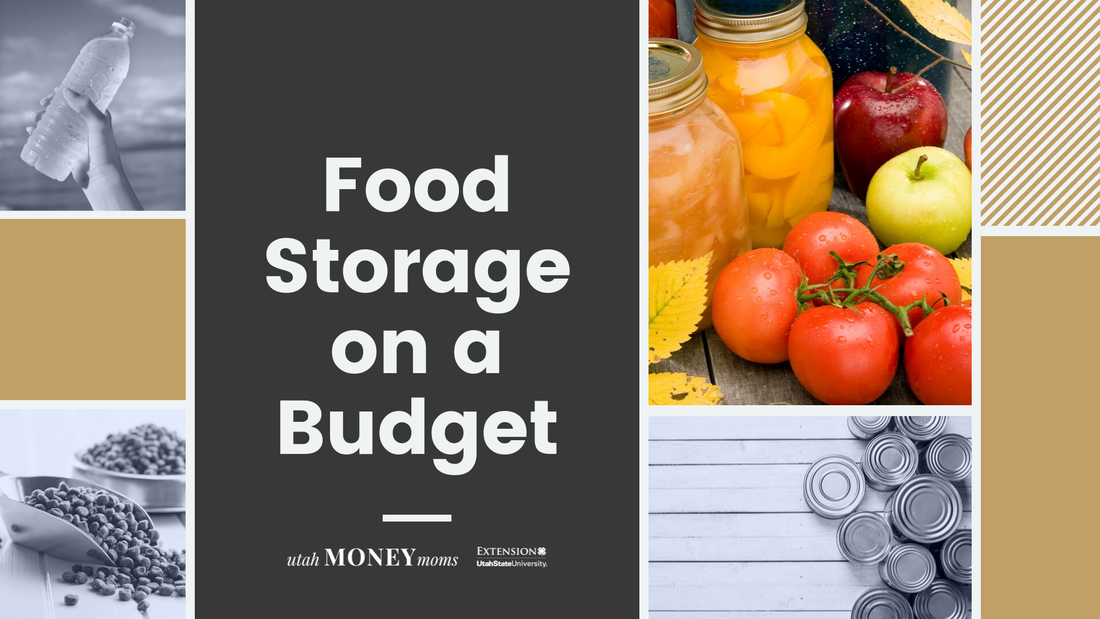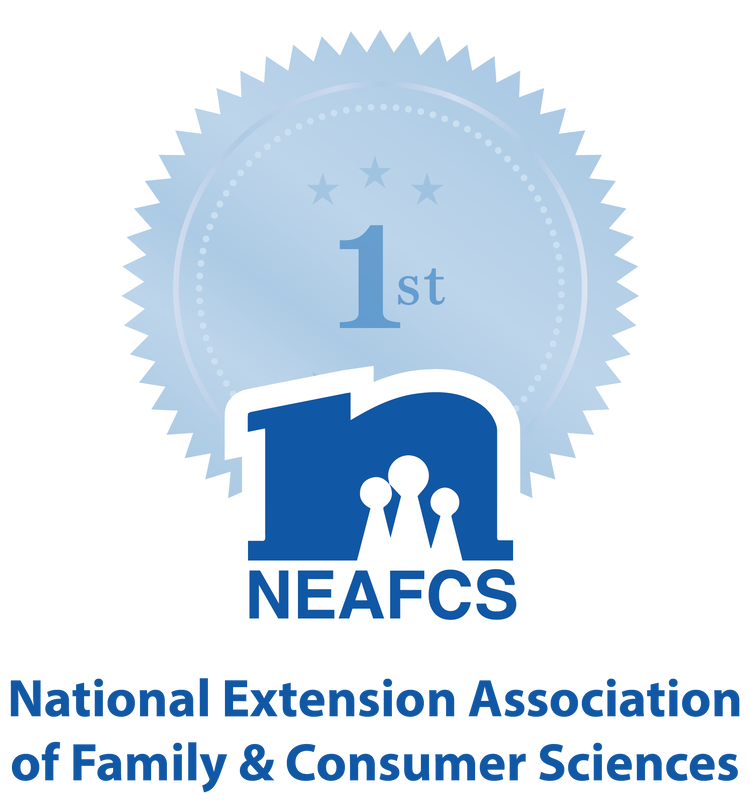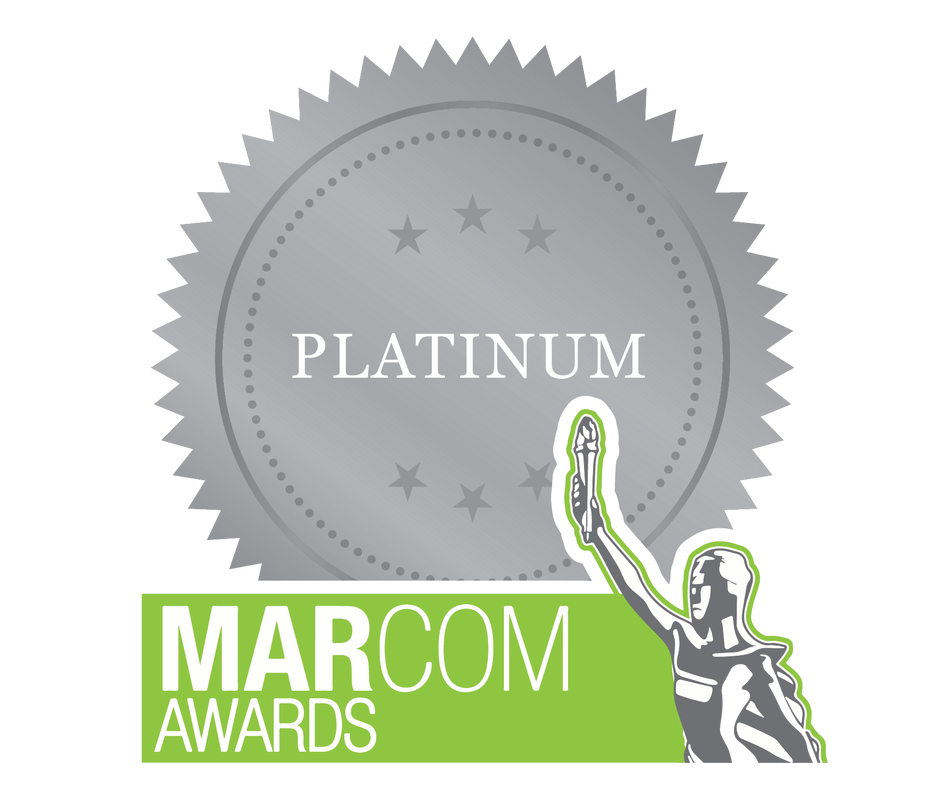|
GUEST BLOGGER: MELANIE JEWKES  Recommendations for food storage are to have 72-hours’ worth of food and water to tie you over until water supplies, roadways and help can reach you in the event of an emergency. BeReadyUtah.gov spells that out to be one gallon of water per person per day for at least 3 days and a 3-day supply of non-perishable food. However, the American Red Cross recommends having a 3-day supply of food and water for emergencies that require an evacuation, AND a 2-week supply for emergencies where you are confined to your own home. Don’t let that 2-week supply of food and water be too daunting. Here a few tips on establishing a food storage for emergencies on a budget. Shop and build the storage each time you go to the store by purchasing double of certain items that are suitable for storage. For example, if spaghetti is on my meal planning list for the week, when I go to the grocery store, I will buy 2 boxes of noodles instead of one, 2 bottles of sauce, etc. Buy double of shelf-stable food supplies you use in regular household meals for a few months until you accumulate a 2-week supply (per person in your household). This is best done when items you are purchasing are on sale, but even spending just a few dollars each shopping trip will add up.
Buy storable water. Bottled water is usually an inexpensive way to store water, and often is on sale at many grocery stores. Buy one package each time you shop until you have at least a 3-day supply per person in your family, then work up to a 2-week supply. Also plan to use these water bottles occasionally to rotate your supply. Buy in bulk during great sales. Many stores in Utah hold “case lot sales” a couple of times a year. Budget extra money during these months to purchase a case of more versatile, shelf-stable foods, such as beans, tomatoes, peanut butter, canned tuna or chicken, and oats. Other items like noodles, flour or rice might also be less expensive during this time. Many of these ingredients can be used to make a variety of meals during emergencies. Set aside some money to buy a large amount during these sales (consider putting this money aside in a revolving or special expense account to use each year). Be sure to use and rotate the food to avoid food waste and save money. Preserve fresh foods. Preserving foods from your garden or from killer sales is a great way to build a food supply. Canning isn’t the only option -- dehydrating, freezing and freeze-drying are other ways to preserve food for emergencies. Be sure to use safe, scientifically tested recipes and procedures to prevent food spoilage and food borne illness (check out these places for safe recipes: canning.usu.edu, homefoodpreservation.com, freshpreserving.com). Use a tax refund or work bonus/raise to buy it all at once. This can be done by making a list of meals your family will eat that use shelf-stable ingredients (remember breakfasts, lunch and dinners, plus some snack foods), and then purchasing all around the same time. Another way to do this is to buy emergency ready-to-go food packs (like 72 hour kits) that will only be used in an emergency. Store until best-used dates on packages, and then buy again and throw the old one out. To some, this may be more expensive and more wasteful, but to others, the convenience makes it worthwhile.. You could easily plan to purchase replacements with your special expenses savings account in the future. In addition, you could plan to use these packs during camping or hiking trips to become familiar with the food and items before the expiration dates. As a bonus, many of these food packs come in backpacks or buckets that are easy to take with you if you were in an emergency that requires evacuation. Remember that some food supply is better than no food supply, so make a goal, schedule your plan and start building that emergency food supply.
0 Comments
Your comment will be posted after it is approved.
Leave a Reply. |
TAKE A FREE CLASS!Host a ClassamandaSharing real-life money smarts to help you stay on track with financial goals while still enjoying life! Follow the fun on InstagramAS SEEN ONawardsBest of State 2022 & 2023: Personal Finance Education
1st Place National Award in Social Media Education from the National Extension Association of Family and Consumer Sciences
Gold Award in Blog Site category at the 7th annual Education Digital Marketing Awards.
Platinum Award in Digital Media, Web Design category at the International Marketing and Communication Awards.
Categories
All
|








